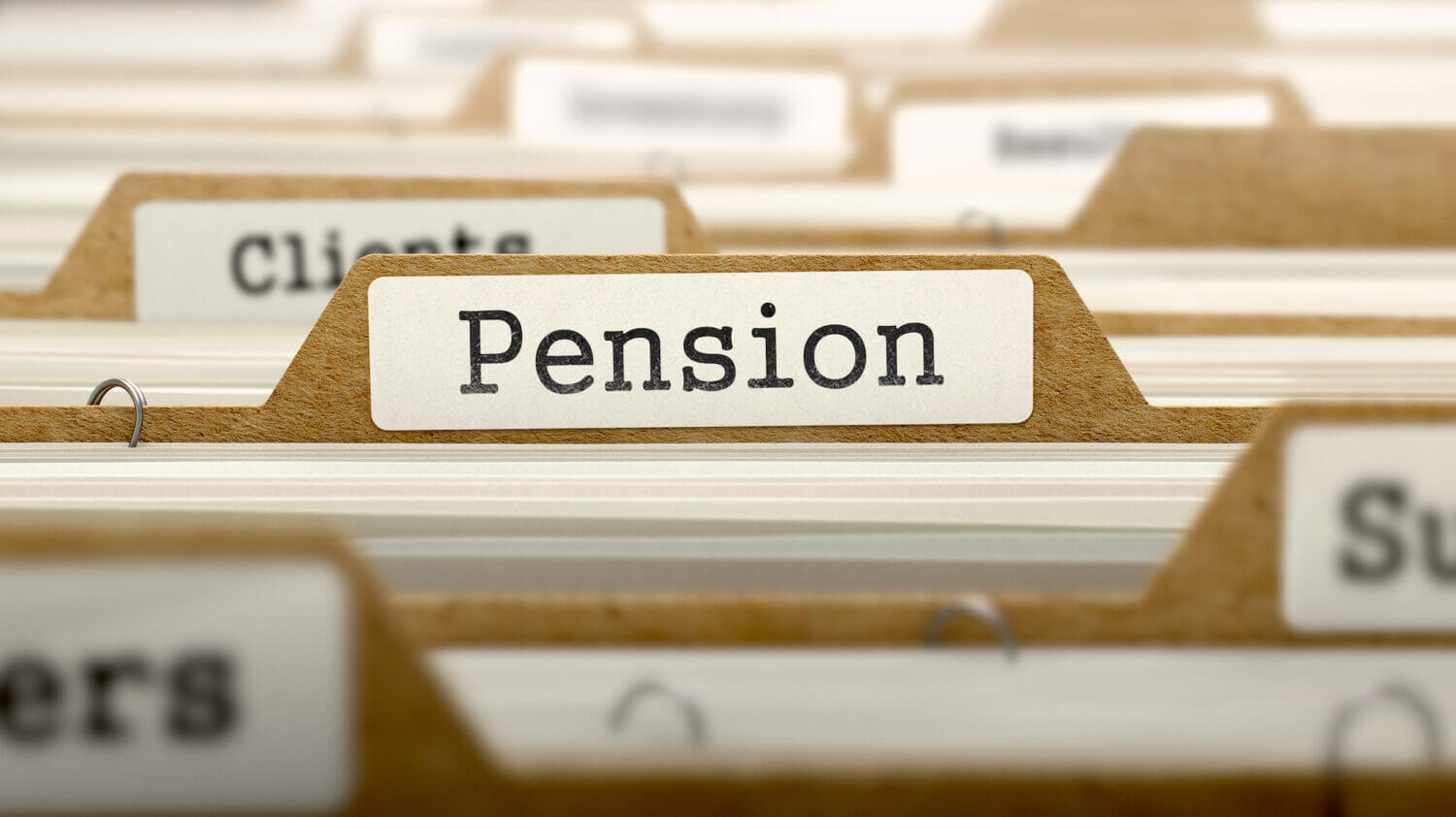Can you transfer your full pension into an RRSP?
Margaret wants to know how to avoid losing some of her pension if she transfers it into an RRSP at retirement.
Advertisement
Margaret wants to know how to avoid losing some of her pension if she transfers it into an RRSP at retirement.

Q: I would like to know if you can transfer all your pension funds into an RRSP upon retirement, without losing any of it?
—Margaret
A: You may be able to transfer some or all of your pension to a Registered Retirement Savings Plan (RRSP) upon retiring, Margaret. If it’s a Defined Contribution (DC) pension plan invested in mutual funds, you can transfer the full pension to a Locked-In RRSP, often called a LIRA or Locked-In Retirement Account.
The locked-in condition just means you can’t take withdrawals prior to age 55, and annual withdrawals have a maximum limit as a percentage of your account value based on your age. This is meant to help ensure your pension plan lasts throughout your retirement.
If you’re in a Defined Benefit (DB) pension plan, Margaret, the answer is, it depends. Some DB pensions do not allow the transfer of a commuted value to an RRSP at all. Others don’t allow you to do so after a certain age. So, if this ability is important to you, you should check the pension plan restrictions, so you know if it’s even a possibility.
If you want to transfer a DB pension to an RRSP upon leaving the plan, the commuted value will have a maximum transfer value based on limits in the Income Tax Act. This limitation is meant to prevent how much a DB pension plan member can transfer to an RRSP, so that they are not able to accumulate more tax-deferred RRSP assets than a regular RRSP contributor could otherwise accumulate.
Generally, the maximum transfer value tends to be roughly 50-75% of the commuted value of a pension, but this depends. Every pension plan is different, and the calculation of the values is dependent on ever-changing factors like current interest rates. Lower interest rates will result in higher commuted values, more of which will be ineligible to transfer to an RRSP.
If you have RRSP room that you have carried forward, Margaret, you may be able to transfer more of your DB pension commuted value tax-free to an RRSP over and above the maximum transfer value. However, since most pensioners have their RRSP room reduced each year as a result of the Pension Adjustment (PA) on their T4 slip, pensioners don’t tend to have a lot of RRSP room.
A question I often get is if you can contribute to your spouse’s RRSP to offset the tax on the taxable portion of the commuted value. You can certainly use the after-tax portion of the commuted value to contribute to an RRSP for your spouse, but it will be a deduction claimed on their tax return, reducing their income. It doesn’t directly reduce your income inclusion from the pension transfer.
READ: Spousal RRSP or TFSA: The best option for a retired couple
People often ask if they can transfer some of the pension to a Tax Free Savings Account (TFSA). You certainly can, but you won’t save tax directly by making the transfer. TFSAs don’t give you tax deductions – they just save you tax on future income and growth. So, only the after-tax proceeds from the taxable portion of the pension payout can be used to make a TFSA contribution, with no immediate tax benefit.
Before transferring a DB pension to an RRSP, Margaret, I’d want to know what is your motivation? If you feel you are going to have a shortened life expectancy, you should consider the pension guarantee options available to a retiree under the plan, including opting for a 100% joint and survivor pension that will continue to pay the pension to a surviving beneficiary. Some pensions also offer guarantee periods, during which the payments will continue after your death, although they tend to be short – 5 or 10 years, for example.
If you want to transfer your DB pension commuted value to an RRSP because you feel you can create a larger retirement income, you will have to consider the tax payable on the payment that exceeds your maximum transfer value limit. This tax will mean that you generally cannot transfer 100% of a DB pension to an RRSP. Whether this option will be beneficial is a complicated decision based on a variety of factors and should not be taken lightly.
Share this article Share on Facebook Share on Twitter Share on Linkedin Share on Reddit Share on Email